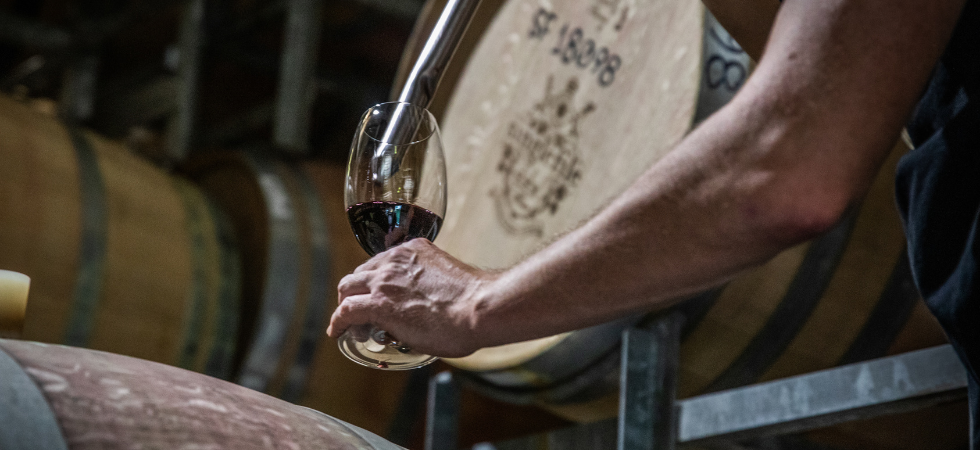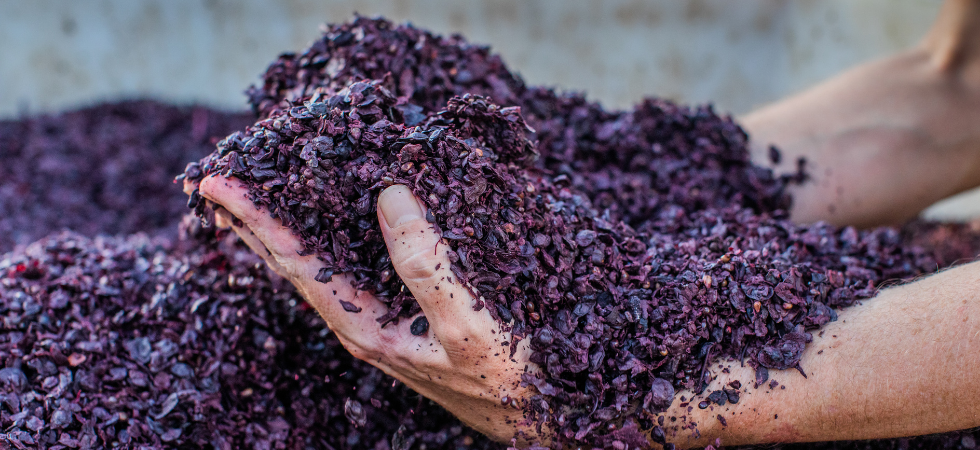Decoding Winemaking Terms
Deciding when to pick, and then which winemaking techniques to employ, involves a combination of experience, science, creativity and intuition. Picking decisions are the crucial challenges of the winemaker and vigneron, timed to capture the best flavour profile of the fruit, with a careful balance of natural acidity and sweetness. While we craft Singlefile wines with a minimal intervention approach to allow the nuances of the terroir and quality of the fruit to shine through, the hand of the winemaker seeks to capture the best expression of the fruit in the bottle.

Here, we will try to simply explain some of the common winemaking terms you may have come across on a back label or tasting note, to help you decipher their meaning with confidence.
Baumé (bow-may)
Baumé, also sometimes shown without the accent as Baume, is a measurement of the sugars in grape juice, affecting the potential alcohol level of the wine. Measured in degrees, the rough calculation for a 12% alcohol wine is to harvest grapes at around 12° Baume, and a wine of 16% alcohol to harvest at around 15° Baume, with most table wines falling between these measurements.
pH and Total Acidity (TA)
pH is a measurement of the acidity or alkalinity of any liquid, with pure water having a neutral measurement of 7. Numbers lower than 7 are increasing in acidity, with most wines falling between a pH measurement of 3 - 4. TA is related, measuring the total acidity of a wine by volume. Most wines fall between 4 - 8 grams per litre of total acidity. While both measurements relate to how we perceive the acidity, or sourness, of a wine, pH indicates the intensity of the acidity, and TA the quantity of the acid.

Residual Sugar
Residual sugar is the measure of sugar that remains in the wine after fermentation. It is usually measured in grams per litre, and the higher the residual sugar, the sweeter the wine. A bone dry wine will generally have only 0 - 1 g/L of residual sugar, a dry wine between 1 - 17 g/L, and an off-dry wine between 17 - 35 g/L.
Whole Bunch Fermentation
This describes a winemaking technique where whole bunches of grapes are placed in the fermenter, rather than grapes being crushed or de-stemmed. Whole bunch fermentation affects the aroma, texture and tannins of a wine. In red wine, it is most commonly used for pinot noir, and typically imparts some floral, herbal and spicy character.
Lees
Lees are leftover yeast particles created during fermentation. The sugars and acids released as the yeast cells break down impart weight and body to the wine, so wines aged on lees will generally appear creamier, richer and more textural. Aging on lees can also develop distinctive flavours such as bread, toast and buttermilk. Some winemakers stir the lees (called bâtonnage) during aging to increase the extraction of texture and flavour from the lees.
Malolactic Fermentation
Malolactic fermentation is a misnomer as it isn’t actually fermentation at all, rather a process where the tart acids in wine (malic acid) are converted into lactic acid by special strains of bacteria. Lactic acid is the same kind of acid found in milk, and results in a wine with a creamier texture and viscous, ‘oily’ mouth feel.

Pump Overs
Pump overs are a way to introduce oxygen to the fermentation, where wine is pumped from the bottom of the tank to the top. This circulates the volume of the tank, evenly distributes yeast throughout and helps to keep temperatures even.
There are almost endless terms and techniques associated with winemaking, with a history stretching back over 8000 years, but we hope that you have enjoyed exploring some of the common ones that you may encounter. Of course, the best way to understand these terms is to taste the result in the finished product - the most enjoyable part of making wine!